The 1980s marked a unique sweet spot for American teenagers – a time before helicopter parenting took hold but after the strictest social constraints of earlier decades had loosened. Those after-school hours represented a magical limbo when parental supervision was minimal, technology wasn’t omnipresent, and teens carved out their own worlds in ways that would be almost unrecognizable to today’s always-connected adolescents. For Generation X, those post-school hours before parents returned from work were filled with activities that embodied a particular brand of freedom that seems increasingly rare in our current era.
1. Hanging Out at the Mall With No Purpose Whatsoever

The American shopping mall reached its cultural zenith in the 1980s, transforming from mere retail space into the ultimate teen sanctuary. After school, groups of friends would congregate at food courts, arcades, and record stores, often with no money to spend and no purpose beyond socializing outside the watchful eyes of authority figures. Teenagers would wander for hours through these climate-controlled wonderlands, seeing and being seen, occasionally pooling quarters for a shared order of fries or a video game. Los Angeles Times does report that malls seem to be on the right course for a comeback, though.
Mall culture created its own social ecosystem where teens practiced the art of independence in a relatively safe environment. Different areas became territorial grounds for various cliques – the preppy kids by the Gap, the alternative crowd at the record store, the gamers in the arcade – creating a teen geography that was instantly recognizable to insiders. Parents remained blissfully unaware of the complex social interactions happening while they believed their kids were “just shopping,” making these extended mall visits feel like secret adventures even while technically following the rules.
2. Making Mixtapes That Took Actual Effort and Planning
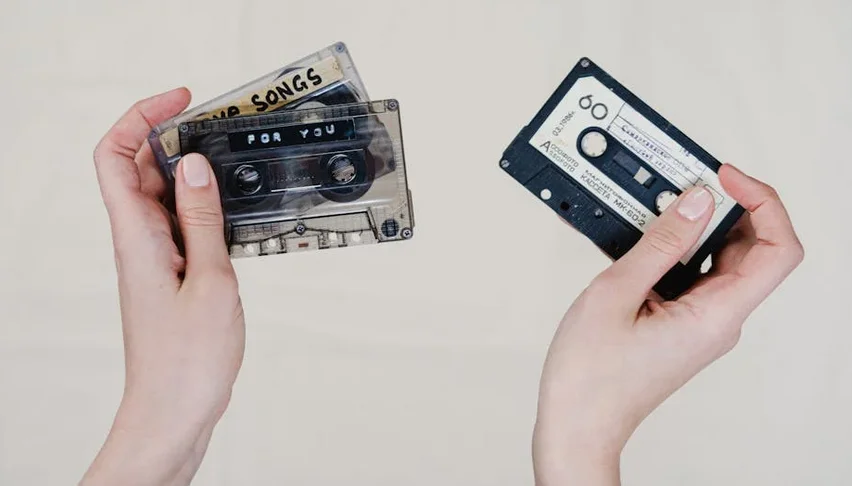
Creating the perfect mixtape was both an art form and a labor of love that could consume an entire afternoon. Teens would sit cross-legged on bedroom floors with dual-cassette boomboxes, carefully timing songs and monitoring recording levels to craft the perfect soundtrack for a crush, a road trip, or personal catharsis. Each compilation required genuine effort: listening to the radio for hours waiting for a particular song, calculating tape time, and writing out elaborate track lists for the J-card sleeve. Lifehacker has translated the process to guide music lovers into making modern mixtapes in this unrecognizable streaming landscape.
The physical limitations of cassette technology meant decisions had real consequences – recording over someone else’s music was permanent, and selecting songs required genuine curatorial thought rather than the casual playlisting of today. For many teens, these mixtapes represented their first creative projects with tangible results, often shared with friends who recognized the hours of effort involved. The anticipation of how a special someone might react to a carefully sequenced set of songs captured teenage emotion in a way that sharing a digital playlist simply cannot replicate.
3. Commandeering the Family Phone for Hours-Long Conversations

The kitchen or hallway telephone with its coiled cord stretched to near-breaking point into a closet or bedroom was the 1980s teenager’s primary communication tool. After school, teens would claim the family phone for marathon conversations that could last hours, discussing everything and nothing with friends they had just seen at school. Parents would routinely complain about tied-up lines and siblings would protest the monopolization of the family’s single connection to the outside world, but these lengthy calls felt essential to teenage social existence. Remarkably, The Guardian reports that the youngest generation actually thinks fondy of landline and may be pushing for its return.
The landline telephone created a particular kind of intimacy – voice-only communication without the visual self-consciousness of video calls or the abbreviated nature of texts. Many teens became masters of the three-way calling feature, creating primitive conference calls to settle social matters or spread gossip among select audiences. The knowledge that parents might pick up another extension or siblings might be eavesdropping added an element of risk that made these conversations feel illicitly important in a way that private smartphone communications can’t quite capture.
4. Watching Music Videos When Parents Weren’t Around
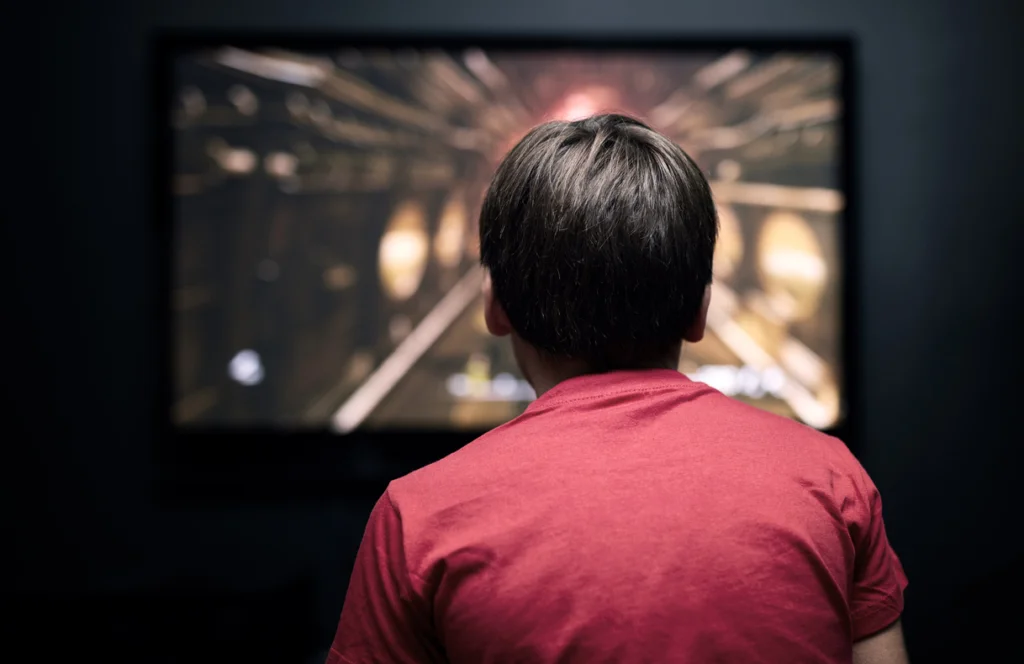
When MTV launched in 1981, it transformed music consumption and created an entirely new after-school ritual for teenagers lucky enough to have cable television. Many parents were ambivalent or outright opposed to the channel’s content, making unsupervised MTV viewing a rebellious act that felt genuinely countercultural. Teens would rush home to watch videos by Madonna, Duran Duran, or Michael Jackson that channeled sexuality, politics, and fashion in ways that often pushed the boundaries of what parents considered appropriate.
Music videos became a shared cultural language among peers, with specific videos referenced in school conversations the next day. Teenagers would sit through hours of programming waiting for favorite videos to appear in the rotation, since there was no way to skip ahead or select specific content. The passive nature of this consumption created unexpected discoveries as teens absorbed diverse musical genres and artistic expressions beyond what they might have chosen for themselves, broadening cultural horizons in seemingly effortless ways.
5. Raiding the Fridge With Complete Abandon

The after-school snack reached mythic proportions in the 1980s, with latchkey kids creating culinary concoctions of breathtaking scope and questionable nutrition. Free from parental oversight, teens would combine frozen pizza, microwave burritos, chips, cookies, and whatever leftovers lurked in the refrigerator into massive snack sessions that somehow never ruined dinner. The ability to eat exactly what you wanted, how you wanted it, without judgment represented a small but significant exercise of personal autonomy.
These food free-for-alls were often social events, with friends gathering in whoever’s kitchen had the best snack options or the longest period without parental supervision. Experimental food combinations and junk food feasts became bonding rituals, with tales of particularly impressive consumption becoming legendary among friend groups. Parents would often return home to mysteriously depleted pantries and vague answers about where an entire box of Pop-Tarts had disappeared to, but these temporary food rebellions rarely resulted in serious consequences.
6. Pushing Boundaries With Forbidden Movies on VHS
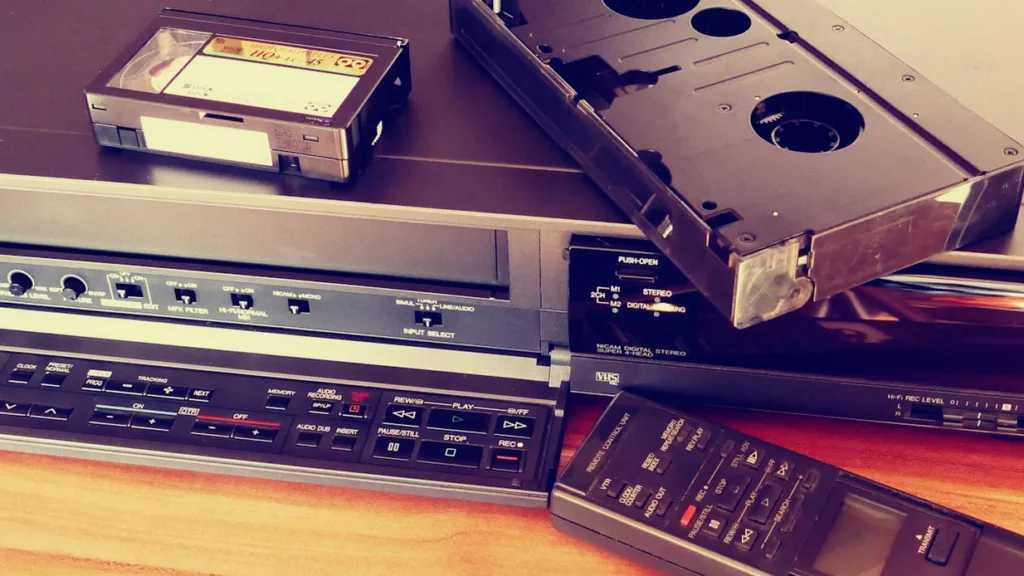
The VCR revolutionized teen entertainment in the 1980s, creating unprecedented access to movies that parents might not approve of or that teens weren’t technically old enough to see. Friend networks developed elaborate systems for sharing contraband VHS tapes of R-rated horror films, raunchy comedies, and action movies filled with violence and profanity. The teen whose parents maintained the most liberal video rental policies became an instant social asset, providing access to cultural touchstones like “The Breakfast Club,” “Fast Times at Ridgemont High,” or horror franchises like “Friday the 13th.”
Watching these forbidden films during the after-school parent-free window created an intoxicating sense of adult sophistication and rebellion. Groups would gather around someone’s living room TV, ready to eject the tape at the first sound of a garage door opening, adding an element of risk to the viewing experience. For many teens, these collective viewings represented their first exposure to more mature storytelling and themes, serving as cultural rites of passage that shaped tastes and sensibilities well into adulthood.
7. Cruising Around in Cars With No Particular Destination

For teens with access to cars – their own, siblings’, or friends’ – aimless driving became the ultimate expression of 1980s teenage freedom. Groups would pile into vehicles immediately after school, pooling gas money for journeys with no real purpose beyond the joy of movement and control. Popular routes often included loops through fast-food drive-thrus, past romantic interests’ homes, or to specific lookout points where teens would sit on hoods discussing dreams, relationships, and futures while watching sunsets.
The car served as a mobile private space free from adult supervision, where music could be played at preferred volumes and conversations could unfold without monitoring. Even without specific destinations, these drives created a sense of possibility and potential – the feeling that something interesting or important might happen simply because you were out in the world rather than confined to home. For many teens without significant disposable income, these drives represented affordable adventure in an era before gas prices and environmental concerns made casual cruising seem wasteful.
8. Experimenting With Questionable Fashion and Hairstyles

The 1980s offered teens an unparalleled opportunity for personal style experimentation, with fashion extremes that often took place in the after-school hours before parents could intervene. Friends would gather in bathrooms to crimp hair, apply blue eyeshadow, spike mohawks with egg whites, or attempt to recreate Madonna’s lace accessories and armfuls of rubber bracelets. Boys might arrive home with earrings that hadn’t been there that morning or with jeans strategically ripped in ways parents couldn’t understand.
These style experiments were facilitated by teen-focused retailers like Contempo Casuals, Spencer Gifts, and Merry-Go-Round that provided affordable versions of MTV-inspired fashions. The temporary nature of many of these looks – swapping clothes with friends or washing out temporary hair color before dinner – allowed for identity exploration without permanent commitment. For many teens, these afternoon transformations represented first attempts at defining themselves outside family expectations, creating visual statements about who they were or wished to become.
9. Developing Film Without Parental Oversight
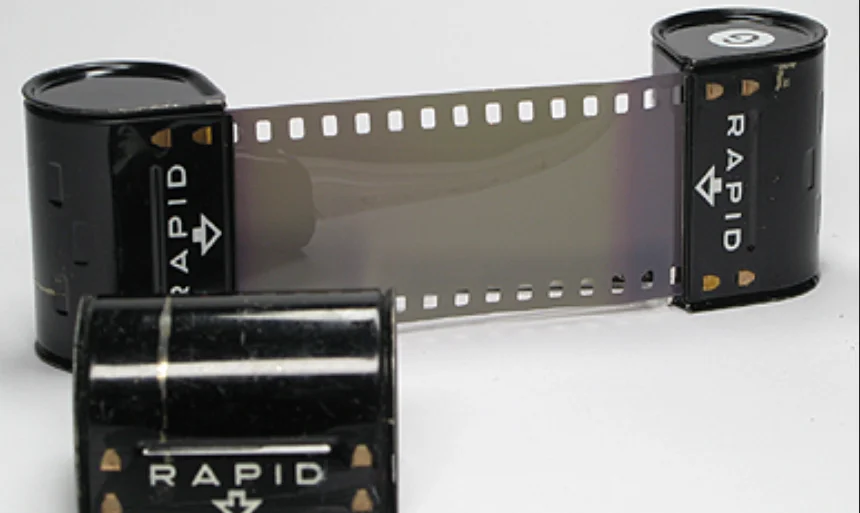
Long before digital photography made every image instantly viewable, 1980s teens used disposable cameras and point-and-shoots to document their lives, often dropping off film for development at drugstores or one-hour photo shops after school. This created a window where teens controlled which moments from their social lives became permanent records, making editorial decisions about what parents would eventually see. The anticipation of waiting for photos to be developed created a particular excitement around memory-making that smartphone photography can’t replicate.
Collected photo albums and shoeboxes of pictures became treasured artifacts of teen culture, with specific images achieving iconic status within friend groups. The practice of writing inside jokes and context on the backs of photos created a secret language that adults weren’t meant to fully understand. For many teens, these independently created photo records represented first attempts at curating their own narratives and deciding which experiences deserved documentation – early exercises in determining what was memorable rather than having those judgments made for them.
10. Having Legitimate Privacy in a Pre-Internet World
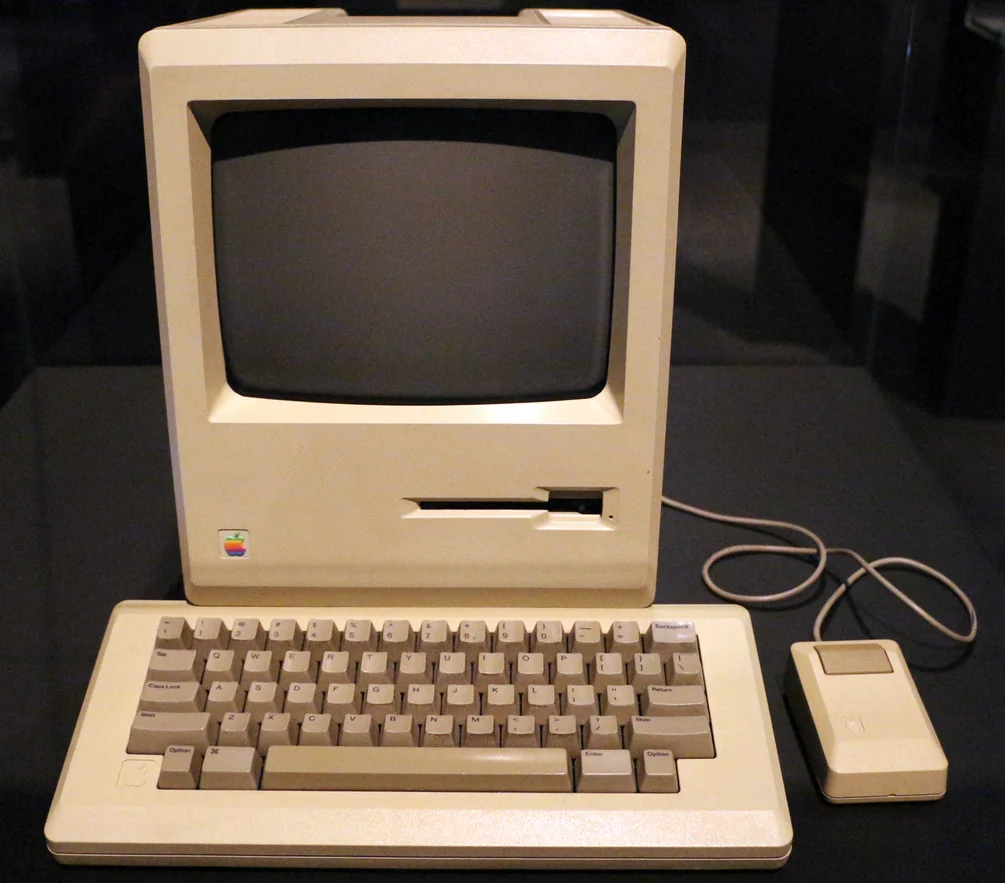
The after-school hours provided 1980s teenagers with a genuine privacy that’s almost unimaginable to contemporary teens. Without smartphones tracking locations, social media documenting activities, or parents able to text constant check-ins, teens experienced hours of genuine independence during which they made decisions without oversight or digital footprints. This privacy extended to all aspects of teenage life from phone conversations to diary entries to friendship dynamics that remained mysterious to parents unless teens chose to reveal them.
This privacy wasn’t just about hiding forbidden activities – though that certainly happened – but about having psychological space to develop identities separate from family expectations or perceptions. Mistakes, embarrassments, and social experiments could remain contained within peer groups rather than being potentially documented online forever. While parents might have general awareness of their teenagers’ lives, the granular details remained largely within teen control, creating a developmental stage between childhood monitoring and adult independence that fostered genuine self-reliance.
11. Navigating Friendship Dramas Without Social Media Amplification
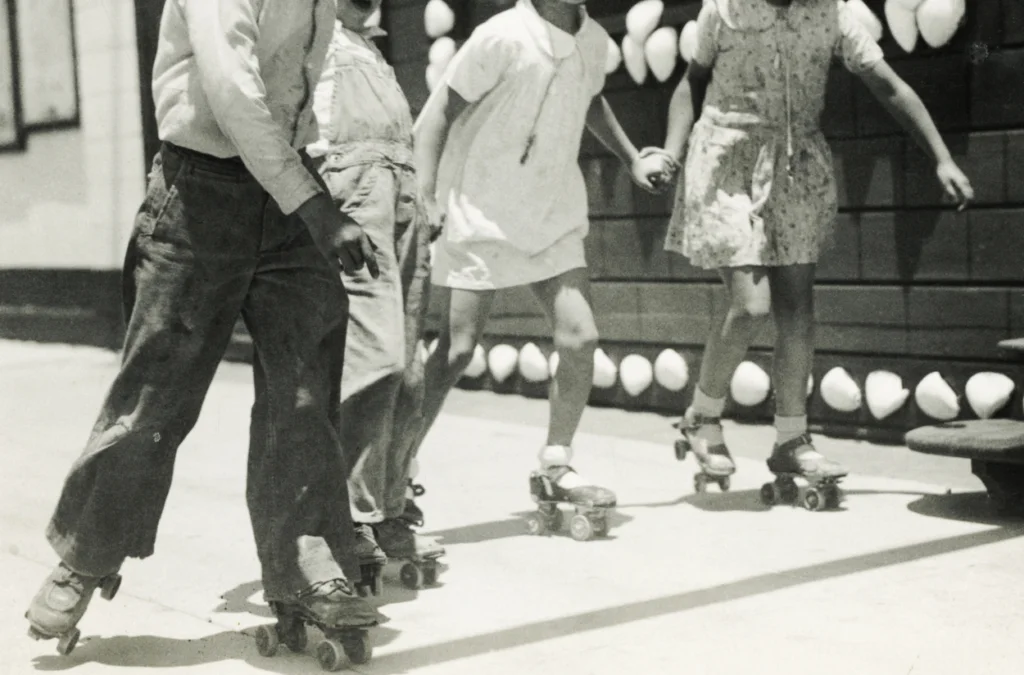
The after-school hours served as a crucial time for processing and managing the complex social dynamics of teenage life, with friend groups gathering to address conflicts, crushes, or alliances that had developed during school hours. Notes passed in class would be analyzed, reports of “who said what about whom” would be investigated, and strategies for navigating the next day’s social battlefield would be developed. These conversations unfolded in real time without the accelerant of social media, allowing for measured responses rather than impulsive reactions.
Friendship conflicts were largely contained within their natural social circles rather than becoming public spectacles accessible to the entire school community. Teens learned to manage disagreements through direct communication, often developing conflict resolution skills through necessity. The afterschool debrief session with closest friends became a ritual for processing emotions and experiences, creating intimate bonds through shared vulnerability that wasn’t broadcast beyond trusted confidants – a form of emotional safety that seems increasingly rare in the era of public online interactions.
12. Creating Entertainment From Genuine Boredom
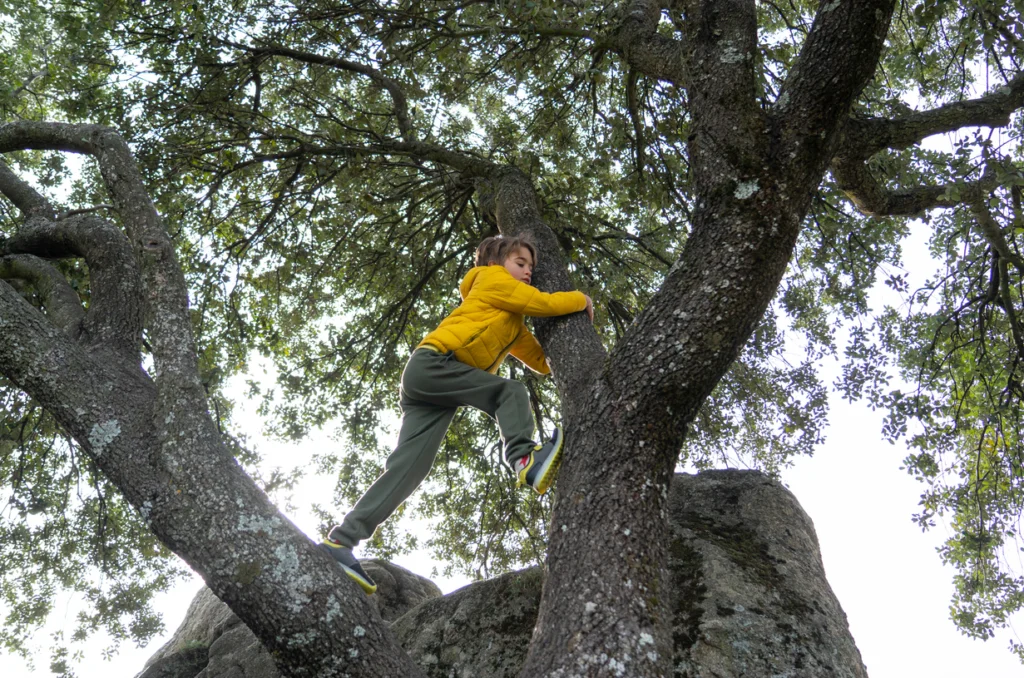
Perhaps most foreign to contemporary teenagers was the 1980s experience of genuine, unstructured boredom that forced creativity and improvisation. Without endless entertainment options or ability to connect digitally with friends, teens created their own amusements: impromptu neighborhood games, basement band practices, amateur skateboard ramps, or elaborate prank phone calls. These activities emerged organically from unscheduled time and limited resources, requiring imagination and cooperation.
The freedom to be bored – truly bored – created a particular kind of resilience and resourcefulness that defined Generation X. Teens learned to entertain themselves and each other without external stimulation or adult organization, developing the ability to create meaning and fun from minimal inputs. These skills fostered independence and creative thinking that served many well into adulthood. The shared experience of collectively overcoming boredom created unique bonding opportunities and inside jokes that cemented friendships in ways that structured activities or passive content consumption rarely achieve.
The after-school freedoms that 1980s teenagers experienced weren’t just about having fun without supervision – they were formative experiences that shaped an entire generation’s approach to independence, creativity, and social connection. While today’s teens have unprecedented access to information and global communication, many lack the unstructured, unmonitored time that allowed their parents’ generation to develop confidence in their own decision-making. As we continue to navigate changing notions of teenage safety and appropriate supervision, perhaps there are elements of that 1980s after-school freedom worth preserving – spaces where young people can practice independence while still protected by the safety net of eventually returning home for dinner.


